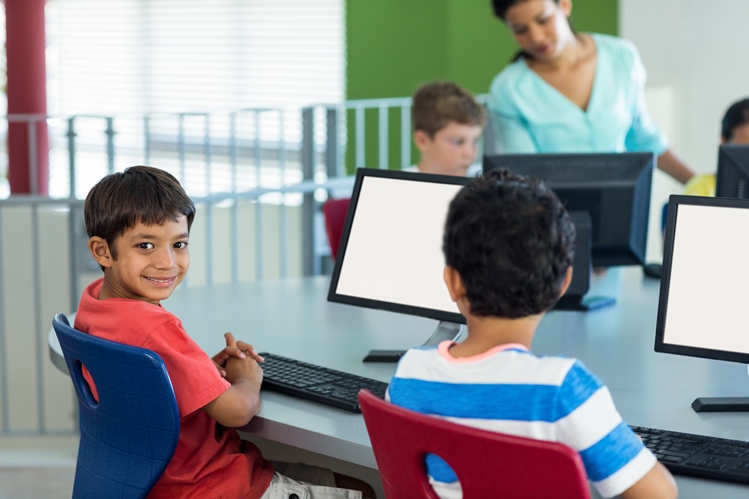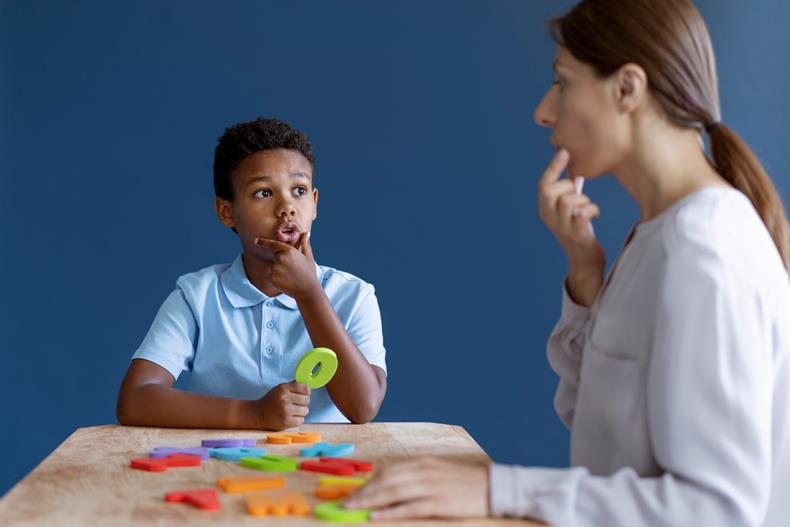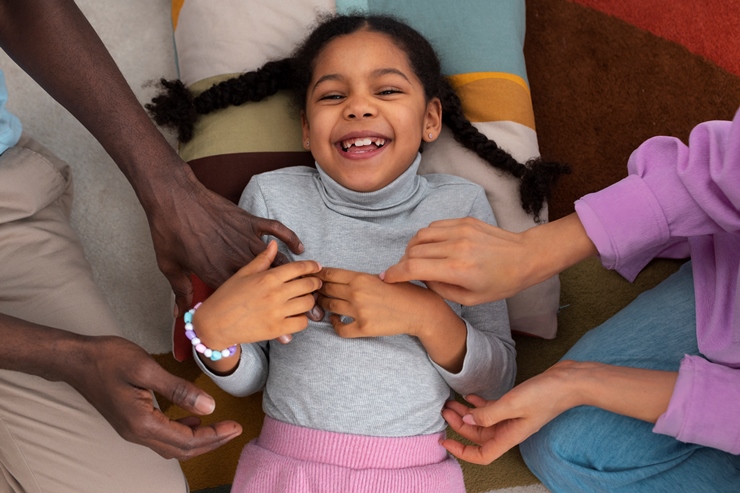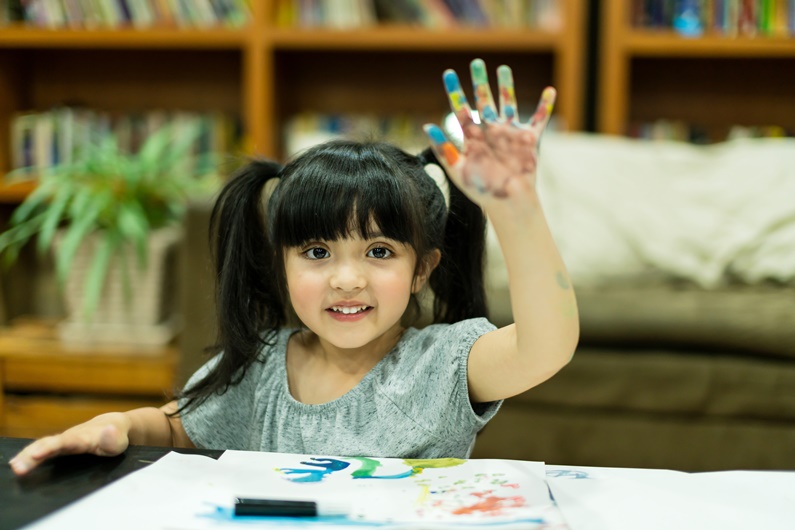Counselling professional assistance in coping with personal problems, including emotional, behavioural, vocational, marital, educational, rehabilitation, and life-stage (e.g., retirement) problems. The counsellor makes use of techniques of active listening, guidance, advice, discussion, clarification, and the administration of tests. During the counselling process, the counsellor and client engage in an interpersonal process as they attempt to define, address, and resolve specific problems of the client on a one-to-one basis. Counselling is a form of confidential helping which seeks to elicit each client’s innate internal resources, coping abilities and strengths. Counsellors may help clients with specific problems in the present, but they may also support clients with long-term problems stemming from the past too. Counselling takes place both in individual and group settings, One of the factors that make it special is the quality of helper listening, which involves attending to what the client means to say, as well as what he or she is actually saying. Confidentiality is another important component of the counsellor– client relationship that sets it apart from several other helping activities. Another important aspect of counselling is the concept of client empowerment. In simple terms, this indicates a confidence in the innate potential for self-determination which clients are believed to have. This capacity for self-determination may not always be apparent to the client, and certainly in times of stress or emotional upheaval it may become blocked or temporarily obscured. Counselling can help by enabling clients to look more closely at their experiences and to clarify them. When this is achieved, ways of addressing difficulties can be devised by clients themselves, and strategies for change can be implemented. The non-judgmental and empathic presence of a trained helper facilitates the processes just described, and the fact that counsellors do not expect any reciprocal help from clients (the kind of help friends might expect from each other, for example) means that clients feel valued and respected in a way they may not have experienced before. Nor do counsellors impose conditions or expectations on the clients they help, and even when goals and objectives are an integral part of the counselling contract, these are freely negotiated between client and counsellor.
COUNSELLING











